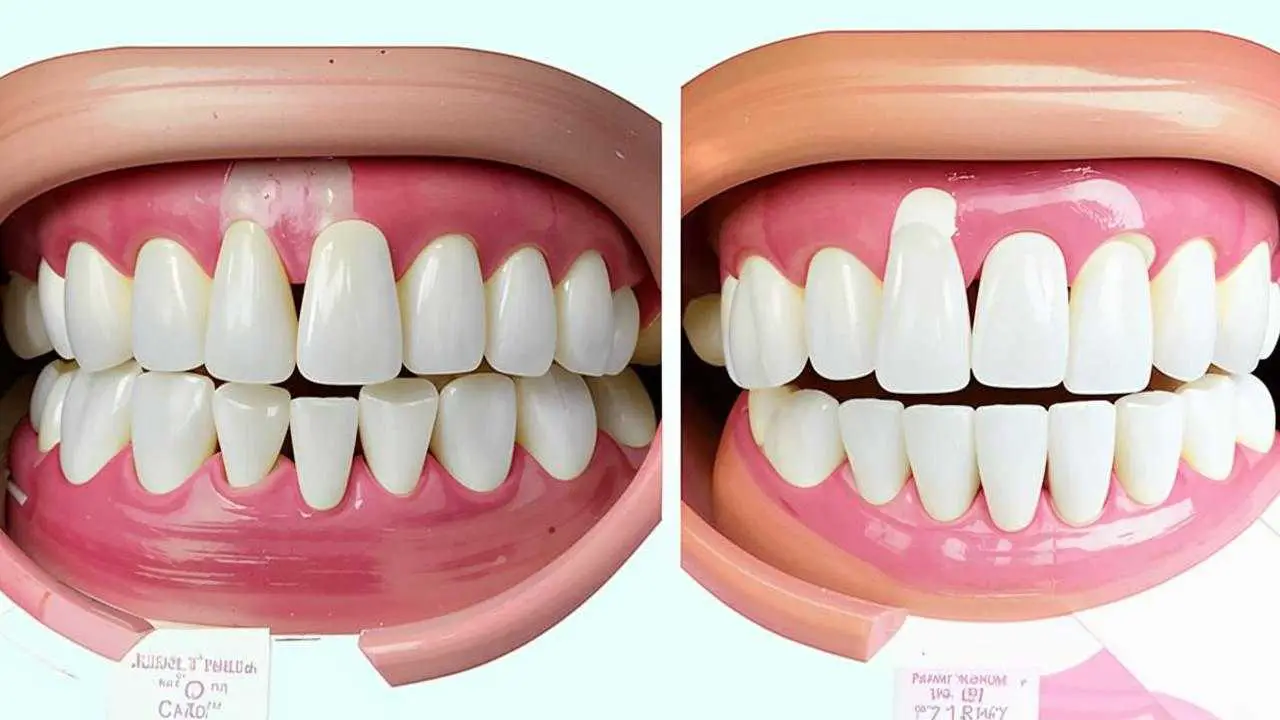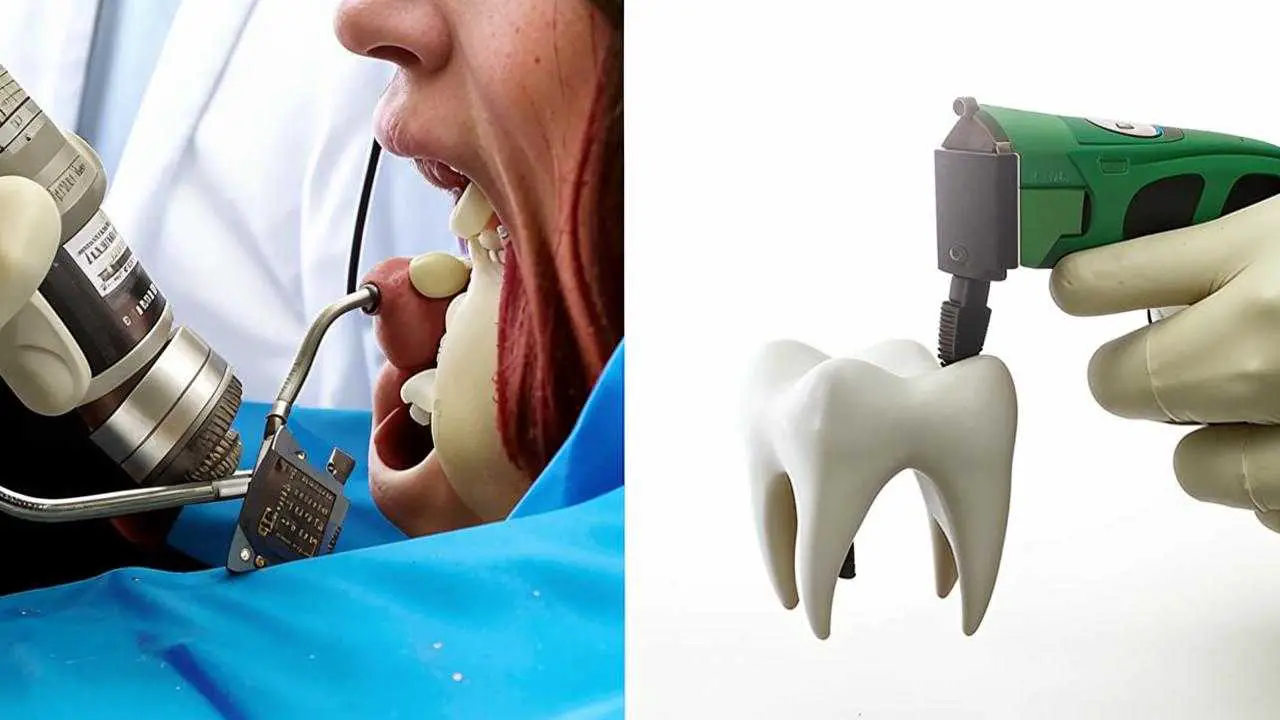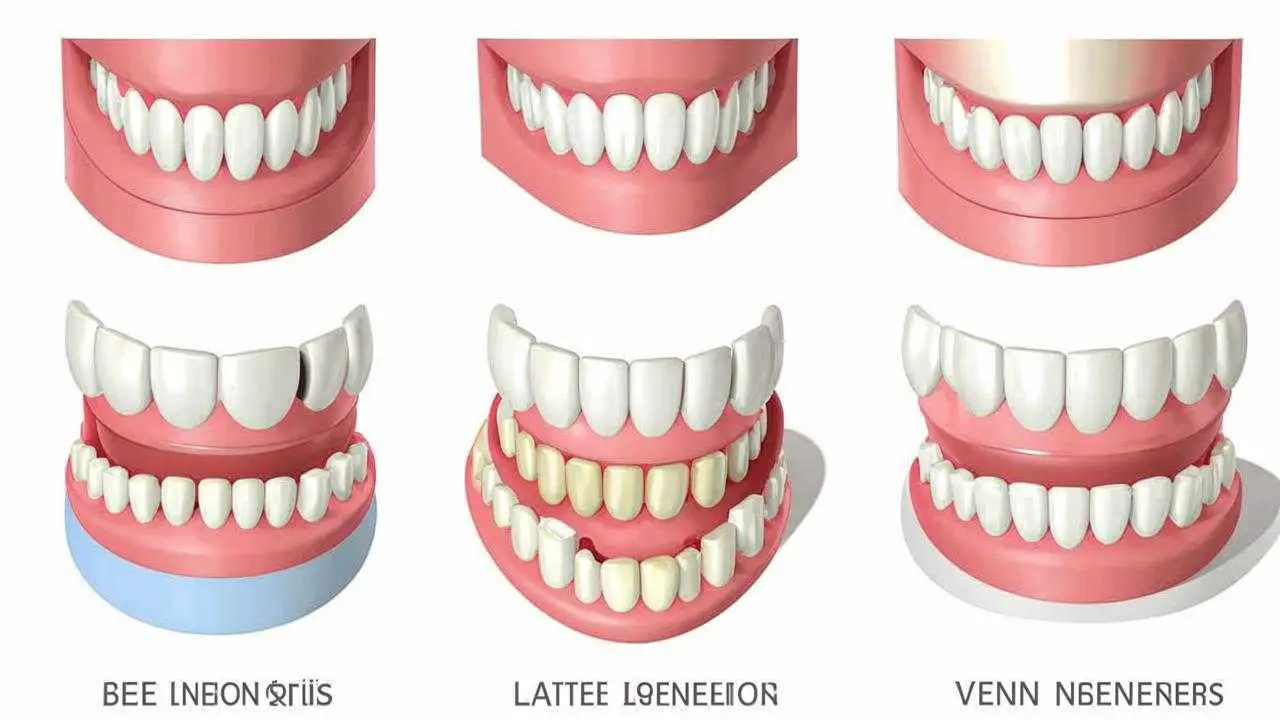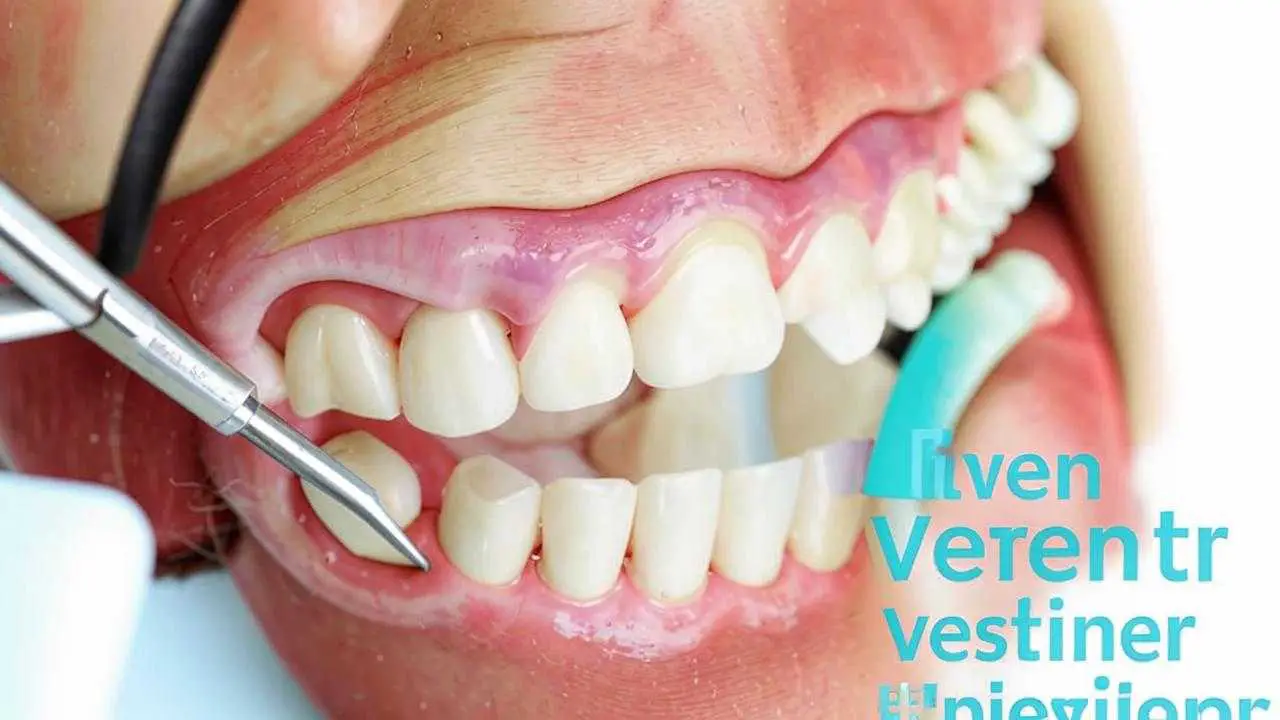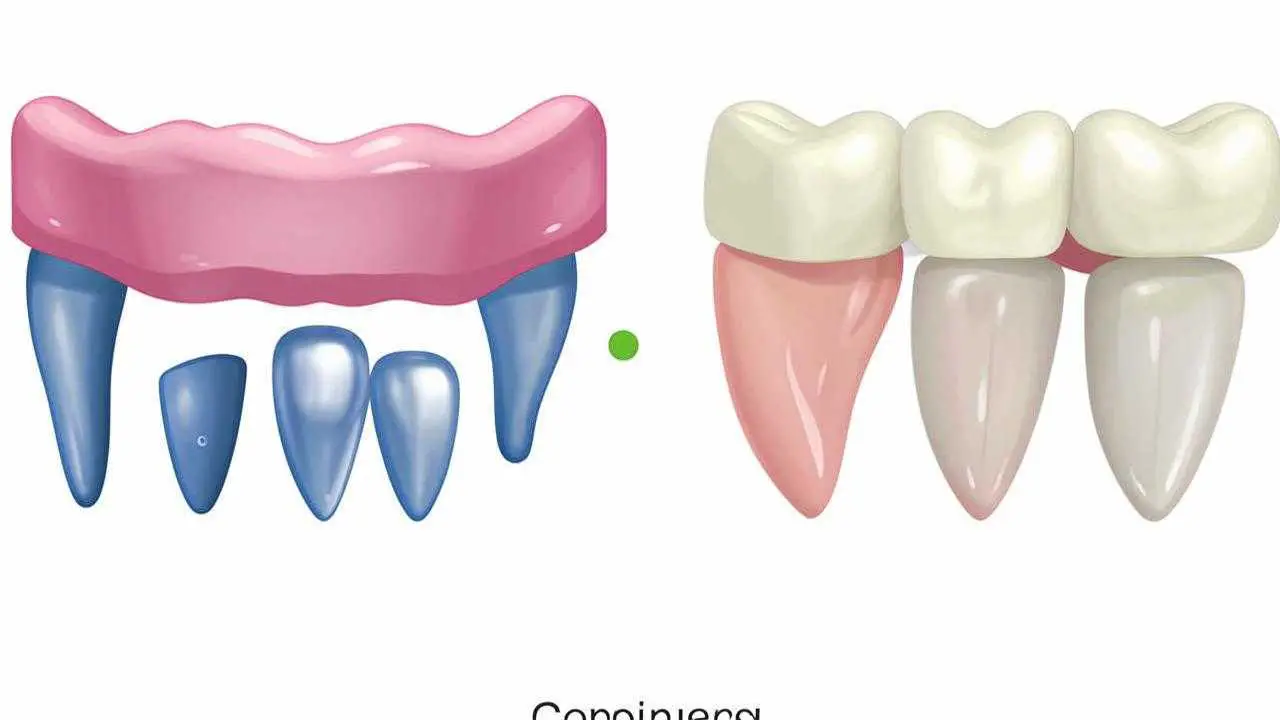1 أبريل 2024 وقت القراءة ~ حوالي 4 دقائق عدد القراءات 17541
من السهل أن تصبح صاحب ابتسامة ناصعة البياض هذه الأيام. كل ما تحتاجه هو استخدام خدمات طب الأسنان وتركيب القشرة. وهي عبارة عن ألواح رقيقة على السطح الأمامي للأسنان، والتي تحاكي إلى أقصى حد خصائص ومظهر المينا الطبيعية. صُممت هذه الابتسامة لجلب البهجة لسنوات عديدة، ولكن في بعض الأحيان هناك حالات تحتاج فيها إلى إزالة التراكبات. كيف تتم إزالة القشرة وماذا يحدث للأسنان بعد ذلك؟
تنقسم القشرة الخزفية إلى نوعين: القشرة الخزفية المركبة والسيراميك. القشرة المركبة مصنوعة من نفس مادة الحشوات. القشرة الخزفية متنوعة في تركيبها. وهي عبارة عن سيراميك زجاجي وسبائك تعتمد على الفلسبار والبلورات المتعددة.
6 أسباب لإزالة القشرة الخشبية
- تآكل القشرة الخشبية المركبة وتلفها. لا تبدو القشرة المركبة خالية من العيوب لفترة طويلة جدًا على الإطلاق. فهي تمتص الأصباغ وتصبح مغطاة بالشقوق الدقيقة. يجب استبدال هذه القشرة كل 3-4 سنوات، وتلميعها كل 6 أشهر.
- الأضرار التي لحقت بالسيراميك. قشور السيراميك متينة، ولكن هذه المتانة لها حدود أيضًا. فالسن الحقيقي قادر على الانكسار تحت تأثير ضربة قوية، فماذا نقول عن الصفيحة الرقيقة. يمكن أن يؤدي وقوع حادث أو ضربة مباشرة أو حمل زائد ميكانيكي نتيجة قضم شيء ما بشدة إلى التقطيع والتشقق.
- التجاويف. تغطي قشور الفينير الجزء الأمامي من الأسنان فقط. فهي تحمي الأسنان من الاختراق البكتيري. لكن المينا الطبيعية لا يمكنها دائماً مقاومة مسببات الأمراض. تتراكم البلاك على الجزء الداخلي من الأسنان، مما قد يؤدي إلى تطور تسوس الأسنان. وللعلاج المعقد، يجب إزالة قشرة الأسنان.
- أمراض اللثة. في بعض العمليات الالتهابية في تجويف الفم، تتقلص اللثة. يظهر شريط رقيق بين حافة القشرة واللثة، والذي يمكن ملاحظته عند الابتسام. في مثل هذه الحالات، يتم استبدال البطانة لاستعادة الملاءمة.
- الرغبة في تغيير التطعيمات إلى نوعية أفضل. القشرة الخزفية هي عملية لا رجعة فيها، لذلك لا توجد طريقة للتخلي عن القشرة الخزفية. كثير من المرضى يتعبون من التحديثات المتكررة للقشرة المركبة ويغيرونها إلى القشرة الخزفية.
- خطأ الطبيب. في بعض الأحيان لا يتبع أطباء الأسنان المتطلبات التكنولوجية ويتم تثبيت القشرة بشكل سيء على المينا. إذا كانت الصفيحة غير مثبتة بشكل جيد، فإنها تكون غير مريحة وتؤدي أيضًا إلى الإصابة بالعدوى. تتراكم البكتيريا تحت القشرة وتسبب تسوس الأسنان.
في بعض الحالات، تكون القشرة غير ملائمة بشكل جيد، وكبيرة جداً، وبارزة. وهذا يؤدي أيضاً إلى ضرورة استبدالها.
إذا كانت القشرة غير مريحة، أو إذا كانت القشرة غير مريحة، أو إذا كانت القشرة غير مثبتة بشكل جيد أو إذا انكسرت قطعة من الصفيحة، فيجب استشارة الطبيب على الفور. سيتم استبدال القشرة التي تعاني من مشاكل، مما يمنع حدوث التهاب أو مشاكل مخاطية خطيرة أو حتى فقدان الأسنان.
عملية استبدال القشرة الخشبية
دعنا نخبرك على الفور - إنها ليست مؤلمة. تتم العملية بأكملها تحت التخدير الموضعي، لذا قد لا يشعر المريض إلا بانزعاج خفيف. هناك طريقتان لكيفية إزالة القشرة من الأسنان.
الطريقة الأولى هي الطريقة الكلاسيكية. فهي ببساطة قطع بمسمار ألماس. الشيء الرئيسي للطبيب هو التوقف في الوقت المناسب وعدم إتلاف الطبقة الرقيقة من المينا، والتي ستكون مفيدة لتثبيت التراكبات الجديدة. ولكن من الضروري إزالة القشرة بالكامل ليس فقط القشرة فحسب، بل أيضًا الأسمنت.
الطريقة الثانية - تتم إزالة الألواح مع المساعدة من شعاع ليزر. يؤثر الليزر على طبقة الأسمنت طبقة تلو الأخرى، ويتم تدميره. هذه العملية مضنية للغاية وتستغرق وقتاً أطول.
لا يمكن إزالة القشرة المركبة المطبقة مباشرةً بالليزر، فقط باستخدام أداة الحفر.
مراحل الاستبدال
بعد إزالة القشرة، يتم تنظيف سطح الأسنان من بقايا الأسمنت. إذا لزم الأمر، يتم إجراء علاج للأسنان قبل استبدال القشرة. في معظم الحالات، لا يلزم إجراء تحضير إضافي (إزالة المينا). تتبع عملية استبدال القشرة بأخرى جديدة نفس خوارزمية التركيب الأولي:
- أخذ انطباع
- اختيار اللون;
- وضع التطعيمات المؤقتة;
- تصنيع القشرة الخشبية;
- التثبيت.
هل من الممكن إزالة القشرة دون تركيب قشرة جديدة؟
من المستحيل ترك الأسنان دون حماية، حتى لو ظهرت مثل هذه الرغبة. تتميز الأسنان المحضرة بزيادة الحساسية. سوف يسبب الطعام والنظافة أحاسيس غير سارة. مظهر السن المحضر أبعد ما يكون عن الكمال. على الأسنان الأمامية، وهذا ملحوظ بشكل خاص. الطبقة الرقيقة من المينا المتبقية غير قادرة على حماية السن إلى أقصى حد، ويزداد خطر تسوس الأسنان عدة مرات.
يتمثل العيب الرئيسي لتركيب القشرة الخشبية في عدم إمكانية عكس العملية. بعد تركيب القشرة مرة واحدة، سيكون عليك القيام بذلك دائماً. لكن مزاياها لا يمكن إنكارها: فالقشرة تمنحك الثقة بالنفس وتجعل ابتسامتك جذابة وتحمي أسنانك.
البديل الوحيد للقشرة هو التيجان. على عكس التطعيمات، تحيط التيجان بالسن من جميع الجوانب. وهذا أمر مهم في بعض الحالات. على سبيل المثال، إذا كان عليك معالجة تجويف عميق ووضع حشوة ضخمة. من غير المرغوب فيه وضع قشرة على مثل هذا السن، لكن التاج ممكن تمامًا.
